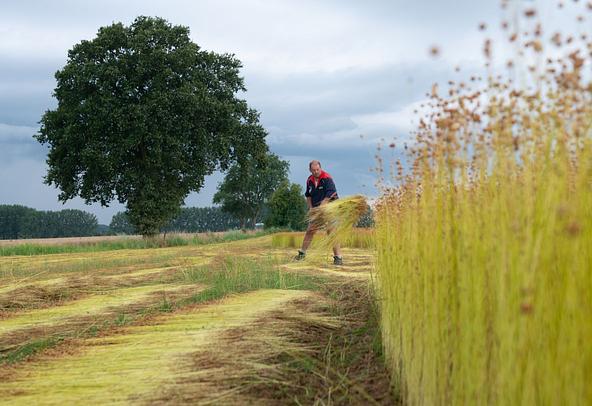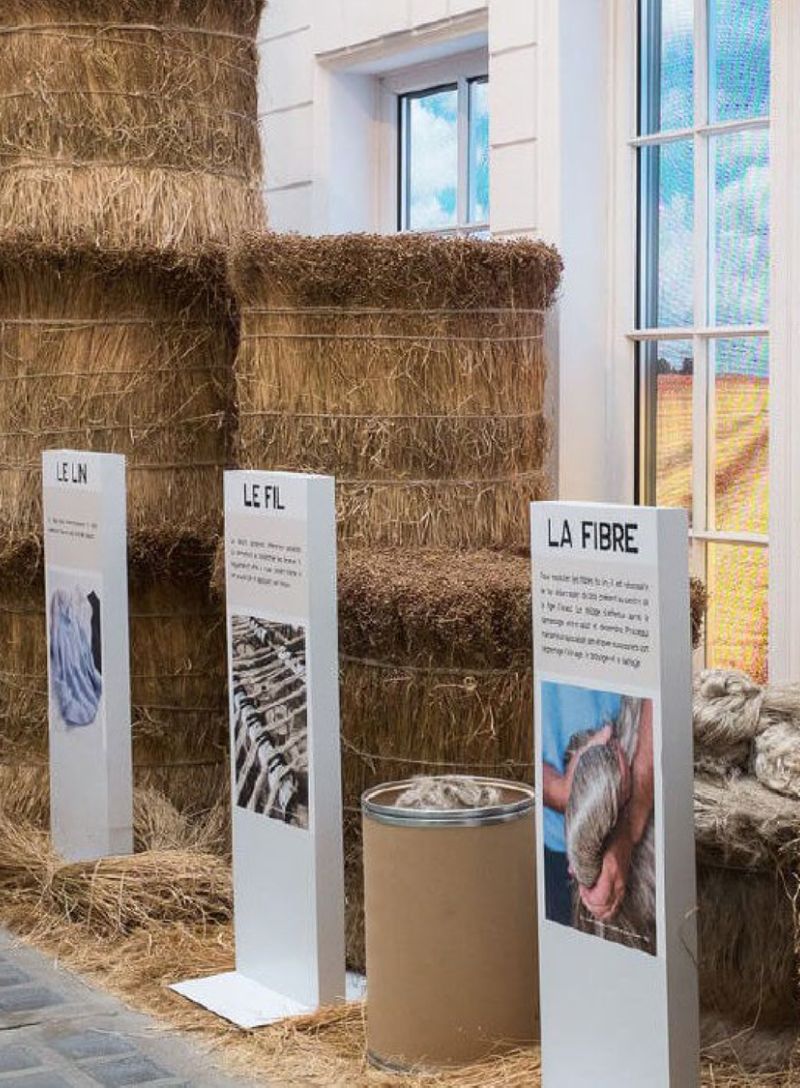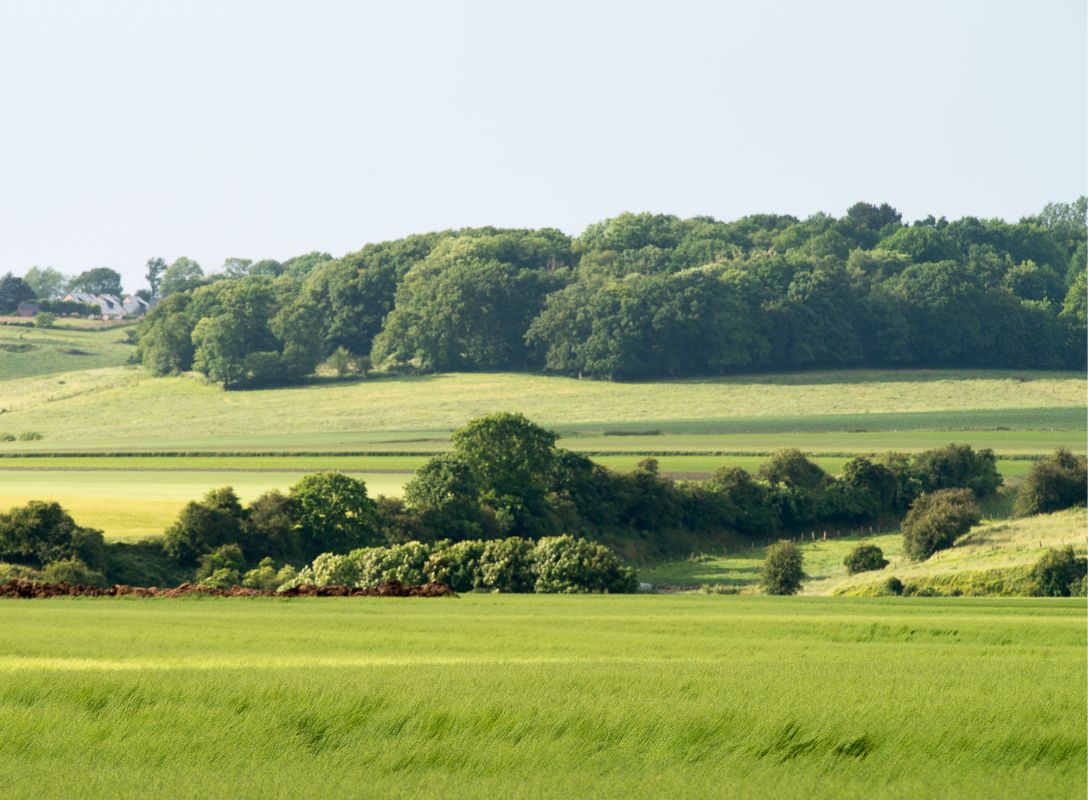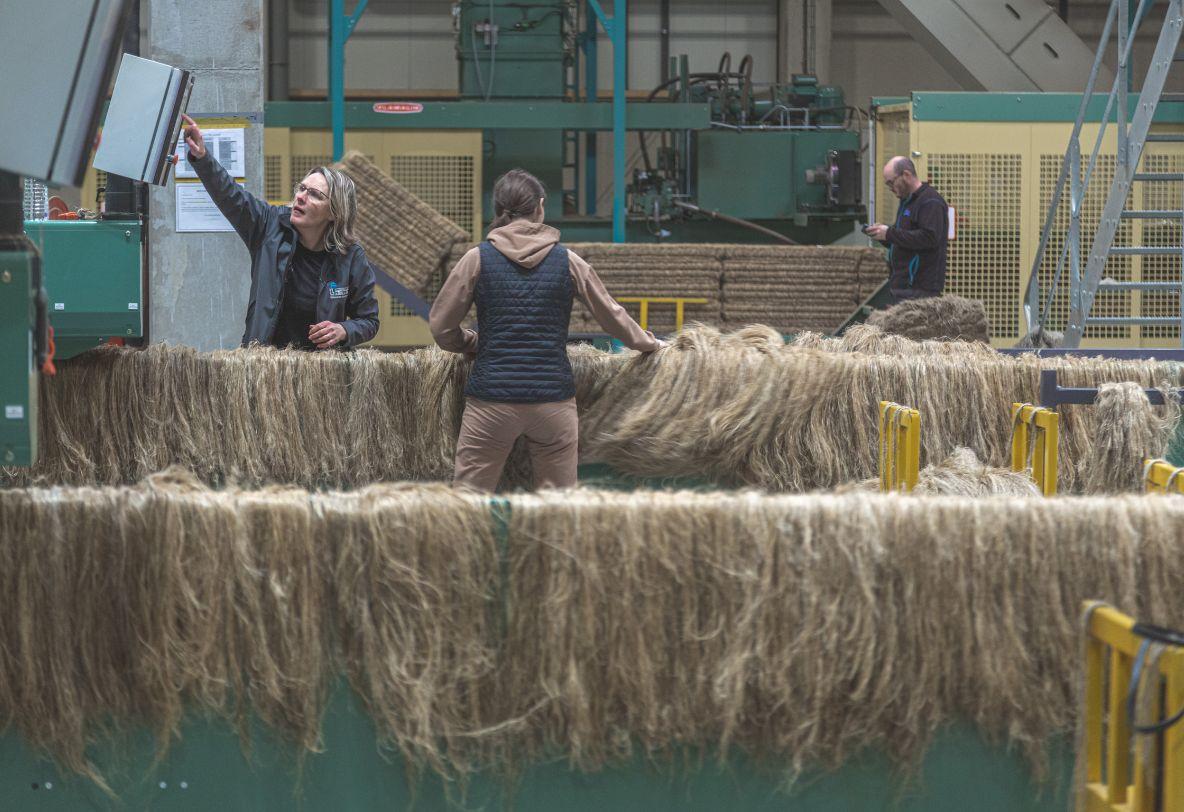The environmental impact of European Flax-Linen
Alliance for European Flax-Linen & Hemp is committing the industry to measuring its impacts, sharing its Life Cycle data with leading databases and supporting the European PEF method (Product Environmental Footprint). An environmental trajectory for continuous improvement.







